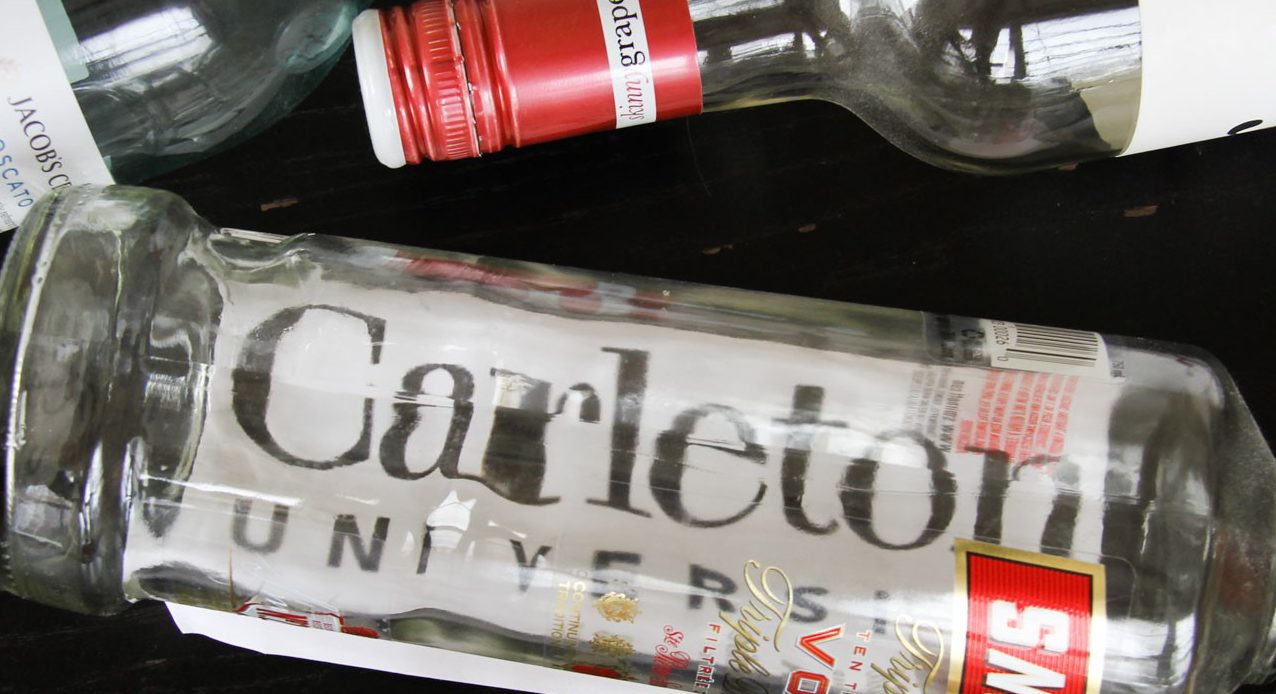The Canadian Institute of Health Information (CIHI) recently released a report which explores statistics on deaths and injuries related to alcohol in Canada.
The report says about 56,6000 Canadians were hospitalized with a condition entirely caused by alcohol in 2015-16.
The report also reveals that high rates of heavy drinking and harm are dependent on a where you live in Canada, your sex, age, and the economic status of your neighbourhood.
The CIHI found that Newfoundland and Labrador, Quebec, the Yukon, and the Northwest Territories have the highest rates of alcohol sales and heavy drinking.
Provinces in the west also have higher hospitalization rates from alcohol than the east, while all three territories (Nunavut, Yukon, and the Northwest Territories), have higher rates of hospitalization compared to all 10 provinces.
Patrick O’Brien is a student practical nurse in Ottawa who has experience dealing with overly-intoxicated people. He said that alcohol hospitalization rates differ across the country because of inconsistent drinking ages.
“I think one of the most important policies that could be implemented to prevent heavy drinking is a unified drinking age across the country,” O’Brien said. “Perhaps in the near future it would be necessary to increase control on alcohol due to how easy it is for adolescent youth to obtain it.”
Samantha Nielsen, a fourth-year Carleton student from Victoria, B.C., said she notices a difference in drinking cultures between British Columbia and Ontario, like how easy it is for adolescents to get cheap beer.
“I personally drink less when I come back home, but I have friends who go out all the time,” she said. “I noticed we have a lot of different types of alcohol and cider, and we have a lot of cheap beer.”
But Nielsen said binge drinking is common in both Ottawa and British Columbia.
“It’s work all week and then party and have fun on the weekends,” she said.
According to the report, as many as six teenagers a day are hospitalized due to an alcohol-related condition. The most common age group for people hospitalized due to alcohol consumption is 55-64, but the risk for youth to be hospitalized due to alcohol consumption goes up between the ages of 20-25, around the time when they start to become legally involved in drinking culture.
High alcohol consumption and hospitalization rates also differ between the sexes. According to the report, males have higher heavy drinking and hospitalization rates than females.
Low-income neighbourhoods also have higher rates of hospitalization from heavy drinking than high-income ones.
Carleton student Nikki Rees-Evans said she agrees. “Coming from a low-income household, it’s possible to say I know addiction exists in my family and when I was young and had money I would buy alcohol to escape other problems,” Rees-Evans said. “In low-income places there are less things to do and that can lead into a cycle of drinking.”
Increasing prices on alcohol has been effective, according to the CIHI, as “a 10 per cent increase in alcohol price led to a 4.4 per cent reduction in alcohol consumption” Canada-wide in 2016.
With growing numbers of high drinking consumption and harm related to drinking, and policies that are not reducing these numbers, the CIHI suggests Canada needs more research and analysis on policies and interventions.
Photos by Meagan Casalino






